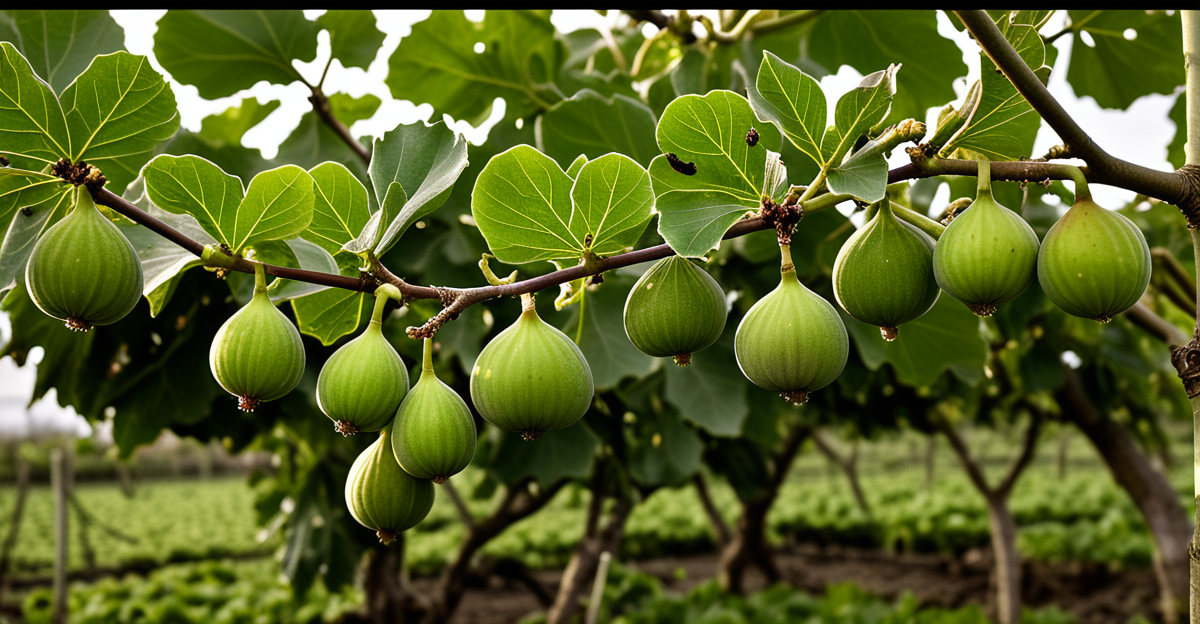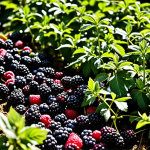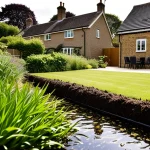Essential Steps for Planting Fig Trees in the UK
Planting fig trees successfully in the UK requires attention to site selection and soil conditions suited to the local climate. Choose a spot that enjoys full sun exposure for most of the day while being shielded from cold winds, which can damage delicate branches and affect fig development.
Preparing the soil is vital for fig tree health. Figs prefer well-draining soil with a slightly alkaline to neutral pH. To improve UK soil, especially if it’s heavy clay or poorly drained, incorporate organic matter such as compost and grit to boost fertility and drainage. This preparation helps prevent root rot, a common issue in damp UK climates.
Additional reading : Unlocking the secrets of exotic berry gardening: tried-and-tested methods for thriving uk gardens in warm climates
The best time to plant figs in the UK is typically early spring, after the last frost. This timing allows the tree to establish roots before colder weather. Begin by digging a hole twice as wide and just as deep as the root ball. Place the tree carefully, backfill with enriched soil, and water thoroughly. Initial aftercare involves consistent watering during dry spells to promote root growth and applying mulch to keep soil moisture even and suppress weeds. This foundation supports robust fig tree growth UK gardeners seek.
Proven Strategies for Encouraging Healthy Growth and Abundant Fruit
Optimising fig tree growth in the UK depends largely on attentive watering and mulching. Regular watering keeps soil consistently moist but not waterlogged—essential in the UK climate where rains can be unpredictable. Mulching with organic materials like bark or straw retains moisture, suppresses weeds, and gradually enriches soil fertility, all benefiting fig tree growth.
Additional reading : Harness the rain: ultimate guide to cultivating a thriving eco-friendly garden in the uk
Tailoring fig tree fertilising to UK soil conditions is crucial. Feeding should begin in early spring with a balanced, slow-release fertiliser high in potassium to promote fruit development. A monthly application throughout the growing season supports healthy leaves and abundant fruit yield. Avoid excessive nitrogen-rich fertilisers, which encourage foliage over fruit.
To further boost fruit production, consider light summer pruning after the first fruit set. This technique encourages new shoots that bear more figs in later months. Also, situate your fig tree where it receives ample sunlight and shelter from harsh winds, vital factors in boosting fruit yield in the UK. Combined, these strategies nurture a vigorous tree capable of producing generous, sweet crops despite the UK’s variable climate.
Expert Pruning Techniques for Vigorous and Productive Fig Trees
Pruning plays a critical role in fig tree pruning UK to maintain vitality and maximise fruit production. The best time to prune figs is late winter or early spring, just before growth resumes. This timing helps avoid frost damage to tender new shoots and encourages fresh, strong branches.
Different pruning methods serve distinct purposes. Formative pruning shapes young trees, promoting a sturdy framework for future growth. Maintenance pruning removes dead, diseased, or crossing branches to improve air circulation—key to reducing fungal diseases common in the UK climate. Periodic rejuvenation pruning cuts back older wood to stimulate new growth and higher fruit yields.
Managing tree size is important, especially in UK gardens with limited space. Prune selectively to encourage branching and control height without sacrificing fruiting wood. For example, cutting back last season’s growth by one-third often stimulates lateral shoots, which bear most fruit.
In summary, tailored fig shaping methods and timely cuts enable UK growers to harness their tree’s potential fully. Understanding when and how to prune supports stronger, healthier trees that bear abundant, high-quality figs year after year.
Troubleshooting Common Challenges for UK Fig Growers
Fig tree problems UK growers face mostly stem from cold, damp weather and pests suited to this climate. Common fig diseases include fig rust and powdery mildew, both fungal issues aggravated by poor air circulation and excessive moisture. Early signs of fungal infections show as yellowing leaves or white powdery spots. To manage these, ensure good pruning practices for airflow and remove infected leaves promptly.
Pests like vine weevils and aphids can damage fig trees. Vine weevil larvae feed on roots, causing wilting, while aphids sap sap and spread disease. Regular inspection and use of organic controls such as neem oil or insecticidal soap help keep their populations in check.
Weather-related issues figs encounter include frost damage and waterlogging. Frost can kill young shoots, so protect trees with fleece during cold snaps. Heavy rain risks root rot; installing raised beds or improving drainage mitigates this.
Poor fruit development or leaf drop often signals environmental stress or nutrient imbalance. Overwatering or lack of potassium can reduce fruiting. Checking soil moisture and applying a balanced fertiliser suited for UK climate fig care restores tree health and encourages consistent fruiting.
Essential Steps for Planting Fig Trees in the UK
Choosing the right location is key for fig tree planting UK success. Select a site with ample full sun exposure because figs need warmth to thrive. Protection from cold winds is equally vital; windy conditions can stunt growth and damage delicate branches, hindering fruiting. Gardeners should aim for south-facing walls or sheltered spots to maximise heat retention and minimize exposure.
Soil preparation must address the often heavy, damp soils found in the UK. Figs require well-draining soil with a slightly alkaline to neutral pH. Improve drainage by mixing organic matter, such as compost, and coarse grit to prevent root rot caused by waterlogged conditions typical of the UK climate fig care. Conducting a simple soil test before planting informs necessary adjustments to pH and structure.
Regarding the best time to plant figs, early spring—just after the last frost—is ideal. This timing helps young trees establish roots during milder weather. The planting process includes digging a hole twice as wide as the root ball, careful placement to avoid root damage, backfilling with enriched soil, and thorough watering. Initial aftercare involves regular watering during dry spells and applying mulch to maintain moisture and suppress weeds, providing a strong start for fig tree establishment in the UK.










